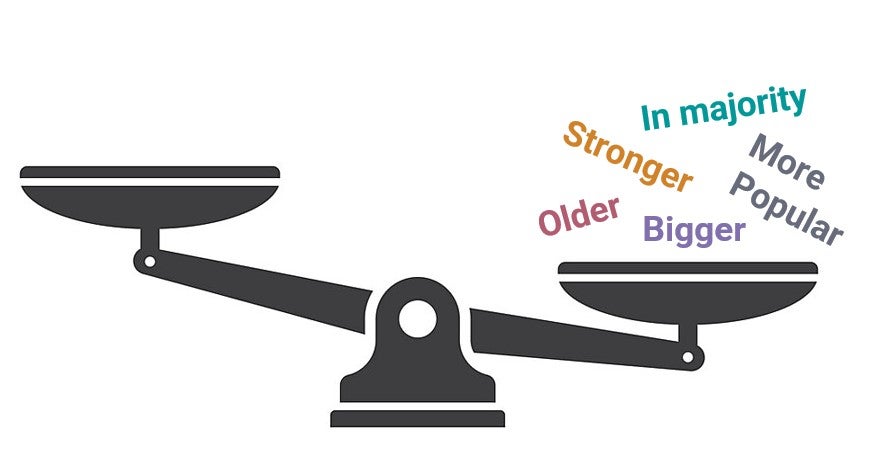Bullying & Harassment Student Resources
SBIRT Resources for Students & Teens
Did you know?
About 1 in 6 students at Seattle Public Schools said they had been bullied or harassed within the year, according to 2024-25 SBIRT data.
Bullying is when someone aggressively uses their power to target another individual with repeated, unwanted words or actions. Harassment is when bullying happens based on a protected factor, like race, ethnicity, religion, age, gender, or identity. There are 4 main types of bullying:
Bullying vs. Conflict
Bullying is not the same thing as peer conflict. Bullying involves a power imbalance (or perceived power imbalance – where one person thinks the other person has more power).

There are more things that make bullying different than peer conflict. Look at the chart below to see the differences:
Health Effects of Bullying
Bullying can have negative health effects for everyone involved – including the person who is bullying, the person being bullied, and even witnesses of bullying. Here are just some health effects:
What You Can Do About Bullying
To prevent bullying from happening, you can:
To respond to bullying that is already happening, you can:
Responding to Cyberbullying
Responding to cyberbullying looks a little different than responding to other kinds of bullying. If you or someone you know is being cyberbullies, you can:
Reporting Bullying/Harassment
If someone is bullying or harassing you, or if you see someone being bullied or harassed, it’s important to tell an adult right away.
At Seattle Public Schools, you can report bullying/harassment by telling your school’s principal, or by using the HIB Incident Reporting Form found on the Seattle Public Schools Harassment, Intimidation, and Bullying website.
